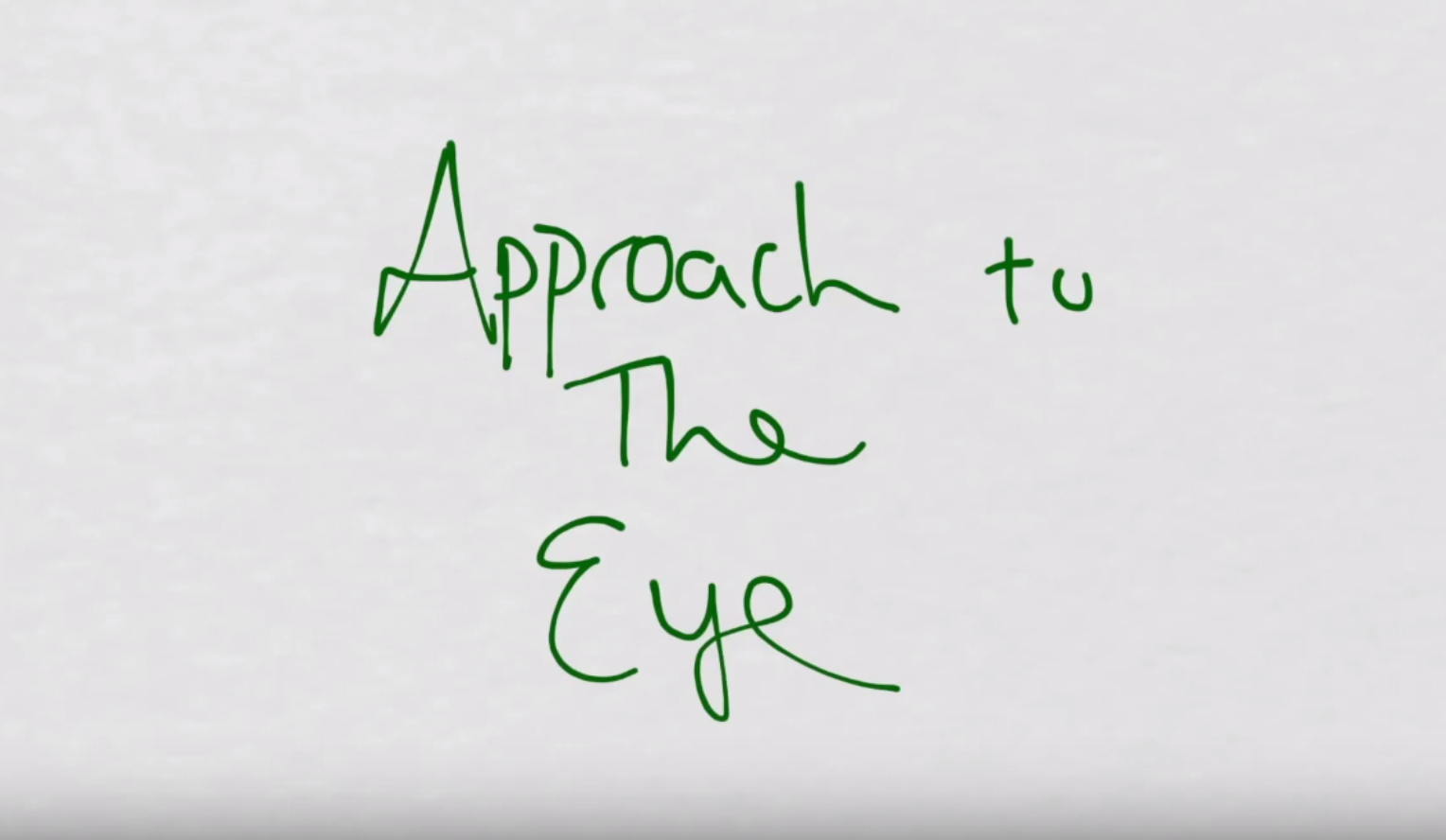Lecture Notes
Patients presenting with ocular complaints can be some of the most intimidating patients in the Emergency Department. The eye is this mystical organ and the stakes are super high when dealing with it. When a patient presents with an ocular complaint it is important to first make sure that you do not miss something critical. So the first thing that we will need to do is develop a critical differential diagnosis.
This list can get pretty long so it may be easier to remember it if you think of the anatomy. We’ll start from out to in. This is just a starting point so don’t put all your eggs in this one basket. Reassess your differential and don’t early anchor.
Critical Differential Diagnosis
Lids
Periorbital/Orbital Cellulitis: Distinguished by pain on extraocular movements.
Chalazion
Hordeolum
Conjunctiva
Conjunctivitis: Viral versus Bacterial
Cornea
Corneal abrasion/Ulcer
Globe Rupture
Anterior Chamber
Iritis
Hyphema
Acute Angle Glaucoma
Posterior Chamber
Retinal Detachment
Vitreous Hemorrhage
The Vital Sign of the Eye: Visual Acuity
So now that you have this long list of potentially vision destroying diagnoses you now have to go see the patient. The first thing to remember is that the vital sign of the eye is the visual acuity. Use the pinhole to correct for any refractory error. A bad visual acuity with pinhole is an abnormal vital sign that needs attention. Never call an ophthalmologist without having a visual acuity. Another important vital sign to get is the Intraocular Pressure (IOP). If your patient has a globe rupture do not get this measurement since you could potentially push out gross vitreous humor and you could also injure the eye more.
Now Systematically Look Through The Eye
Lids
Start with the eyelid looking for periorbital or orbital cellulitis. Does the eyelid have signs consistent with cellulitis? If there is pain on extraocular movement, that could suggest that the patient has an orbital cellulitis. Then look to see if there is evidence of involvement of the gland of zeis consistent with hordeolum (stye) or the meibomian tear gland consistent with chalazion.
Conjunctiva
Next look at the conjunctiva. Did the patient report on history that his/her eyelids were glued shut with eye crusties. If yes and there is an associated injection of the conjunctiva then the patient most likely has conjunctivitis.
When looking at an injected sclera pay attention if there is perilimbic sparing. If there is perilimbic sparing then the diagnosis is more consistent with conjunctivitis. If there is not any perilimbic sparing then keep badness higher up on your differential.
Cornea
For the cornea and anterior chamber it is now time to look at the eye with the slit lamp. Use the slit lamp to look over the surface of the eye for foreign bodies. Be sure to evert the lids and inspect them for foreign body. Then put fluorescene in the eye and with the wood’s lamp/cobalt blue light look for uptake that would be consistent with corneal abrasion or seidel’s sign ( looks like a greenish-yellow waterfall of vitreous humor) that is present in globe rupture. Also look to at the pupil. If it is peaked or deformed then that could represent a globe rupture.
Anterior Chamber
Now shift your attention to the anterior chamber. Look for floating white blood cells consistent with iritis or layering red blood cells consistent with hyphema. By this point you have hopefully done an IOP so you would have ruled out acute angle glaucoma.
Posterior Chamber
For the posterior chamber try to do a fundoscopic exam. If you can’t get a good view use the ultrasound. If you see an opacity in the posterior chamber using your ultrasound then you either have a vitreous hemorrhage or retinal detachment.
Tips on Consulting
And that’s it. If you’ve found something bad and need to call an ophthalmologist here are a couple of tips (refer to calling up admissions and consults lecture for more info on the topic)
Make sure your first line is tight and that you tell the ophthalmologist exactly what you think is going on.
“Hi I have a patient with suspected retinal detachment that I would like to consult you on.”
Make sure to mention the ophthalmologic past medical history of the patient. This is more important than starting your consult with a laundry list of past medical history like. “52 yo m with pmh of htn, dm, hld, chf, copd, cirrhosis…. Oh yeah and he has a history of macular degeneration””
Be sure to start the physical exam with the visual acuity and IOP. Then describe your exam just the way we outlined it above.
Subscribe to the EM Ed by entering your email in the subscription box below. Don't rely on Facebook to get notifications for new posts. We only email when a new post is published. No spam. If you are reading this on your phone, just keep scrolling down to get to the Subscribe box.
Give us some love by sharing the EM Ed with people you think would like it. Post the lecture on social media. Like and Follow our Facebook Page. Follow us onTwitter. Follow us on Instagram


